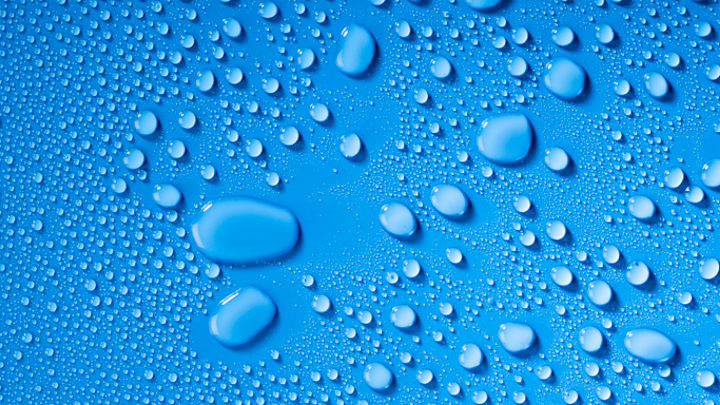At first glance, whether water is wet seems like the simplest of questions with an answer rooted in direct experience. If it’s raining and you forget your umbrella, you get soaked—thus, water is wet.
If approached from a scientific or philosophical perspective, however, the question becomes quite the conundrum. The answer then depends on the properties of water, the definition of wetness, and whether you can trust when your senses inform you if something is wet or not.
Some argue that while water can make other materials wet, water itself isn’t wet. If we define wetness as the ability of a liquid to adhere to the surface of a solid, then wetness isn’t an inherent quality of water so much as a property—an action the liquid can perform.
May the Forces Be With You
Scientifically speaking, the wetness of an object depends on the relationship between adhesive and cohesive forces of the liquids and solids that are brought into contact with one another. While cohesive forces cause molecules in a liquid to stick together, adhesive forces are what allow liquids to stick to solids. When we fall into the water and our clothes get wet, what really happens is that the adhesive forces of our clothes outweigh the cohesive forces of the water, causing water to adhere not to itself, but to our clothes.

The greater a solid’s adhesive force, the wetter that solid gets. The adhesive forces of textiles are stronger than those of metals; most liquids slide right off anything made of steel, aluminum, or the like. The same goes for the feathery coats of ducks and geese. When the birds preen, they distribute oils from glands near their tails throughout their feathers, which helps make their bodies more water-resistant [PDF]. If they didn’t waterproof themselves in this way, water would stick to them like it sticks to human skin, weighing them down and cooling them off.
The same goes for water-resistant or “hydrophobic” materials such as Gore-Tex, which has a low adhesive force that causes water molecules to coalesce on the outside of the material, keeping the inside dry. Wetsuits used by swimmers to keep warm in cold climates are commonly made of neoprene rubber, another hydrophobic material.
Conversely, wetness also depends on the cohesive forces of a liquid. The cohesive force of water is high due to the strong bond between hydrogen molecules, but other liquids like alcohol or acetone have a lower cohesive force, making them better at wetting solids. That’s helpful to know for the next time you leave the house without a raincoat.
